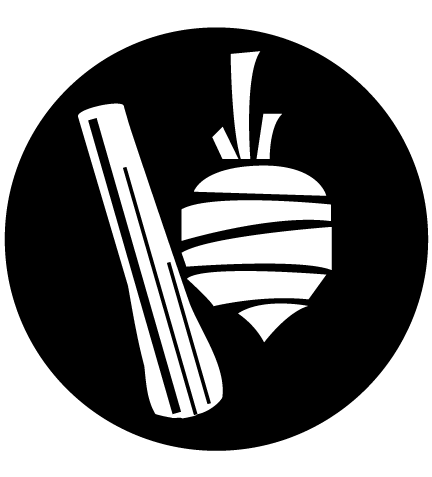Jazz Band, Teaching Improvisation (part I)
/How many of us experienced something like this early on in learning to improvise?
"These six notes make up what is called the blues scale. Doesn't it sound jazzy? Now, when we get to the solo section, you can play this scale for your solo. Mix up the notes however you want with some rhythms in your head and you'll sound great! "
While this is an oversimplification, I have seen this way of teaching improvisation play out far too often. Some students get it and sound fine (though they may get intro trouble later if they don't move past the blues scale), but many students simply freeze up. They don't know the scale, they're uncomfortable playing in front of their peers, or they're just not sure what to play even with the notes right in front of them. Another pattern I have seen is students ignoring the scale or other materials provided and playing random notes, reminding me of my kids at home who love to pick up "instruments" and make "music." 1
So how do we teach improvisation? Or perhaps we should ask, is it possible to teach everyone to improvise? For today, I'd like to define what improvisation is and lay the groundwork for answering how to teach improvisation.
Some say improvisation is spontaneous, but while there is an element of spontaneity, the best improvisors are those who are able to draw on vast reserves of musical ideas in order to fuel their creativity.
Improvisation is the art of using what you already know to instantaneously create music.
the art – improvisation requires creativity
what you already know - creativity without skill rarely (if ever) makes anything great 2
instantaneously - it's happening right now
create - not recreate, you are making something that is not exactly what you or someone else has made before
music - the organization of sounds and silences in time
I believe every musician can and does learn to improvise. While some seem to pick it up naturally (I'm looking at the lead trumpet player who takes things up an octave, or figures out another alternate high note on a final chord), most students I have taught are not immediately comfortable with the idea of improvisation. Next time I'll look at some of the things I do to teach students to improvise.



